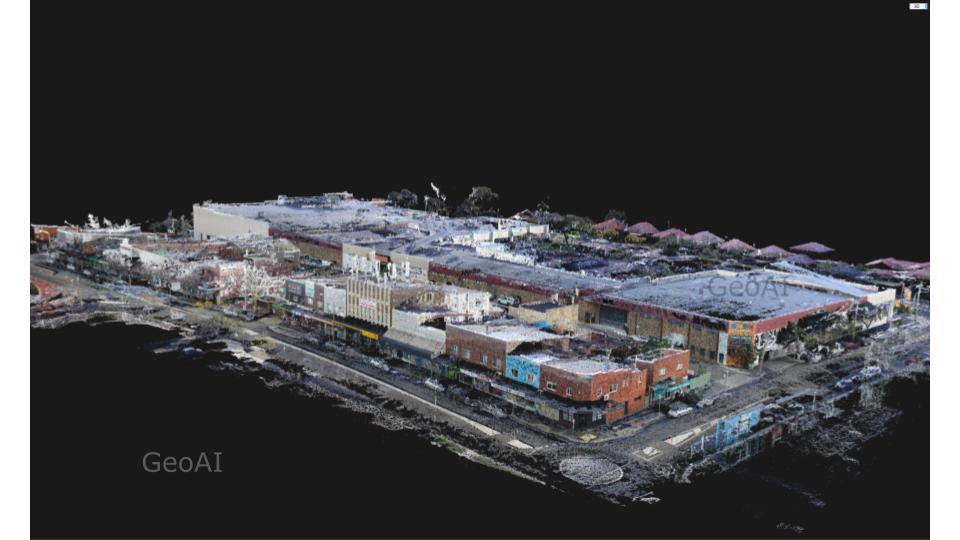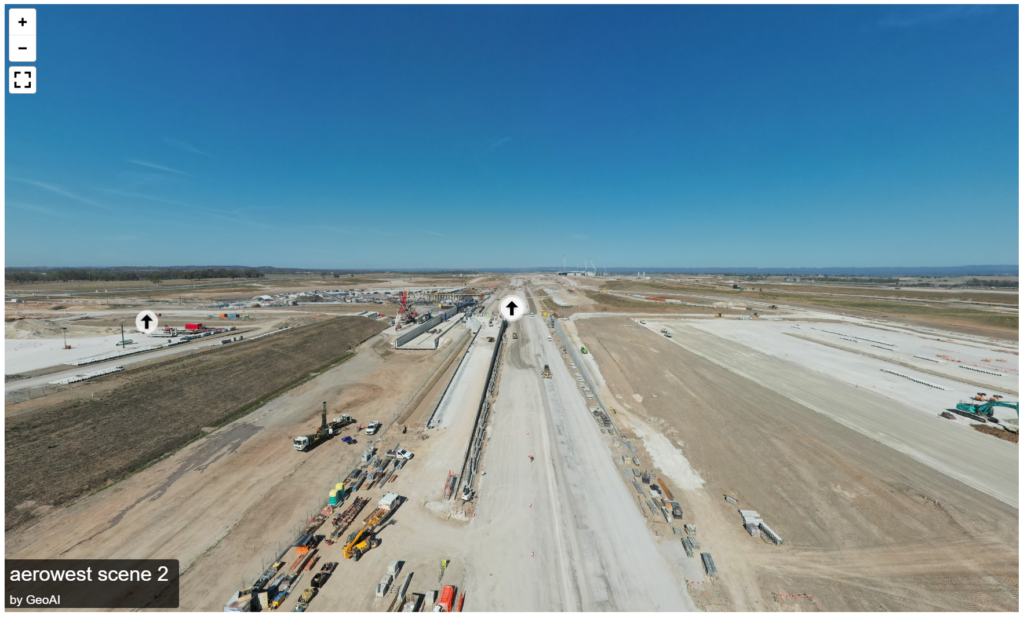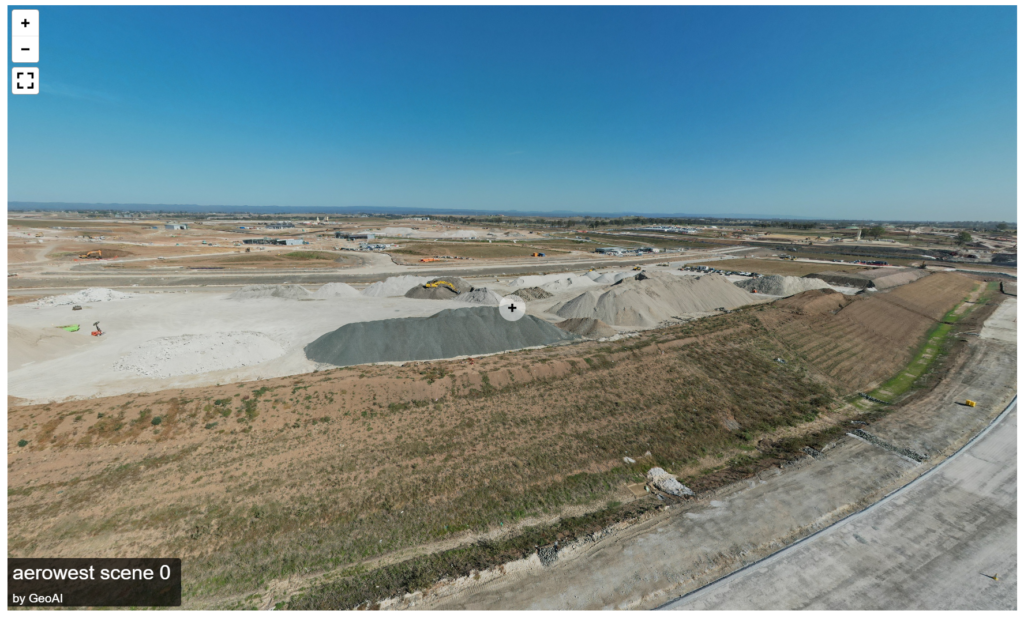Reality Capture Method to Replicate the Real World
What is Reality Capture?
Reality capture is a method to transforming real-world environments into a digital data. The data usually captured by LiDAR technology and 360 camera images. This data include images, videos, 360-degree panoramas or 3D point cloud. The user can use those data to create 3D models, maps, and virtual reality environment. As a result, this technology allows them to do a remote site visit, inspections, manage your asset, change detection, vegetation analysis, and many more.
But how exactly do we capture reality? Let’s explore some of the most popular techniques:
Photogrammetry: Stitching Reality Together
Think of photogrammetry as a digital jigsaw puzzle. By taking multiple photographs of an object or scene from various angles. The photogrammetry software then will triangulates all those photographed points to create a 3D model. The more pictures taken, the more details the result will be. This method is perfect for capturing historical buildings, intricate sculptures, or even your favorite vacation spot for a virtual walk-through.
LiDAR: Painting with Lasers
LiDAR (Light Detection and Ranging) takes a more scientific approach. It uses lasers to pulse millions of times per second, measuring the distance to objects in its path. By analyzing the reflection times, LiDAR creates highly accurate 3D point clouds. Each points have x,y,z information in a global coordinate representing the real world. This method excels at capturing vast landscapes, building exteriors, and even indoor spaces with intricate details.
The LiDAR sensor typically consisted of a laser scanner, a Global Positioning System (GPS), and an Inertial navigation System (INS). We can mount the LiDAR sensor on various type of vehicle such as: aircraft, drone, car/mobile vehicle, tripod/static vehicle, backpack, and handheld. Each type of the LiDAR sensor has different quality and application based on our needs.

3D Scanning: Taking a Digital Impression
3D scanning utilizes specialized hardware to project light patterns or laser lines onto an object. The scanner then captures the distorted patterns, creating a precise 3D representation. It is like taking a digital mold of an object, perfect for capturing intricate details of sculptures, artifacts, or even complex industrial parts.
360° Capture: Immerse Yourself Completely
360° capture technology allows us to create interactive panoramic experiences. We can see the 360 degree panoramic view of one location from the comfort of our home. This method is often used for virtual tours, travel experiences, and even creating immersive training simulations. In construction industry, this method also beneficial for offsite inspection, quality control, and change detection over the time.


Revolutionizing Industries: From Gaming to Engineering
Based on the immersing experience with detailed 3D model, reality capture method becomes popular for different sector. Various industry are currently explores how to use reality capture methods for different purposes. Here are some exciting example of the applications:
- Gaming: Reality capture takes video games to the next level by creating hyper-realistic environments. Players can now explore landscapes that look and feel real, making the gaming experience more immersive and natural than ever before.
- Architecture & Construction: AEC Industry use reality capture to create detailed digital twins of buildings, facilitating pre-construction planning, construction site monitoring, facility management, and even historical preservation efforts. This technology make all of those activity can be done remotely, increasing its efficiency and reduce time travel.
- Manufacturing: Capturing 3D models of products allows for virtual prototyping, quality control inspections, and even training simulations for assembly line workers.
- Cultural Preservation: Reality capture helps preserve historical artifacts and landmarks for future generations, ensuring their legacy lives on in the digital realm.
The Future of Reality Capture
Reality capture technology is constantly evolving, with advancements in software, hardware, and processing power. As these methods become more accessible and affordable, we can expect even more exciting applications to emerge. Imagine virtual museums where you can explore artifacts from across the world, or even remote surgery training simulations using 3D-captured models of the human body.
The possibilities are truly limitless. Reality capture is blurring the lines between the physical and digital, offering a window into a world where anything imaginable can be recreated and explored with incredible detail. So, next time you encounter a stunning piece of architecture or a breathtaking landscape, remember, it might just be waiting to be captured and brought to life in the digital world.
Category List
- 3D Point Cloud
- Artificial Intelligence
- Asset Management
- Digital Twin
- Featured
- Hardware
- Knowledge Graph
- LiDAR
- News
- Site Monitoring
- Vegetation Monitoring
- Virtual Reality
Recent Post
- Photogrammetry vs Image Processing: What’s the Difference and How Are They Used?
- Soil Adjusted Vegetation Index (SAVI): Definition and Application
- NDWI (Normalized Difference Water Index): Identifying Water Bodies with Remote Sensing
- Construction Management in the Digital Era: How GeoAI Transforms Projects with Data Analytics and AI
- What is Near Infrared (NIR)?